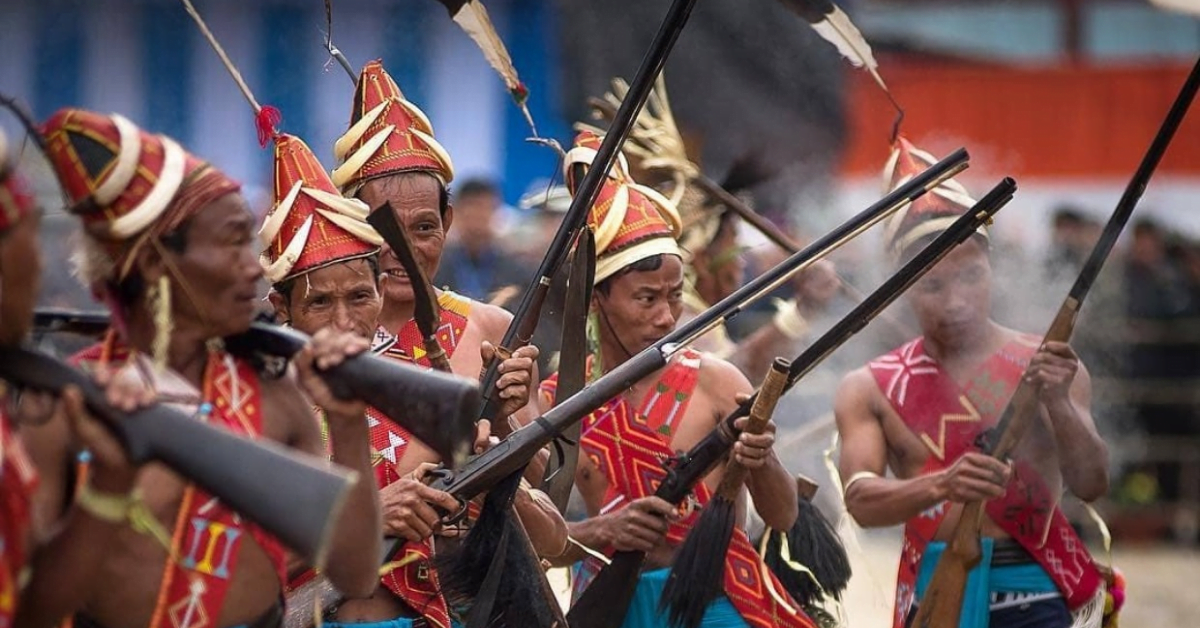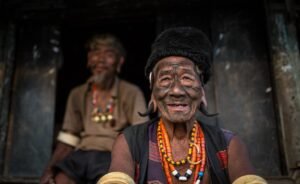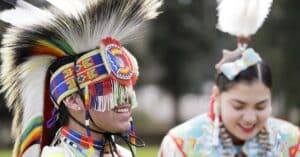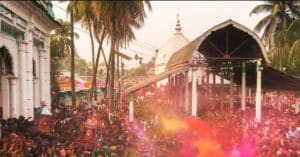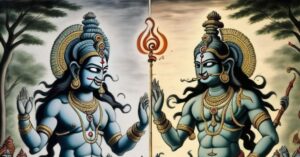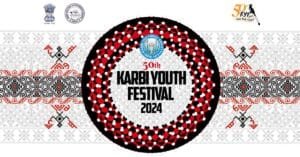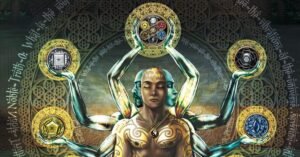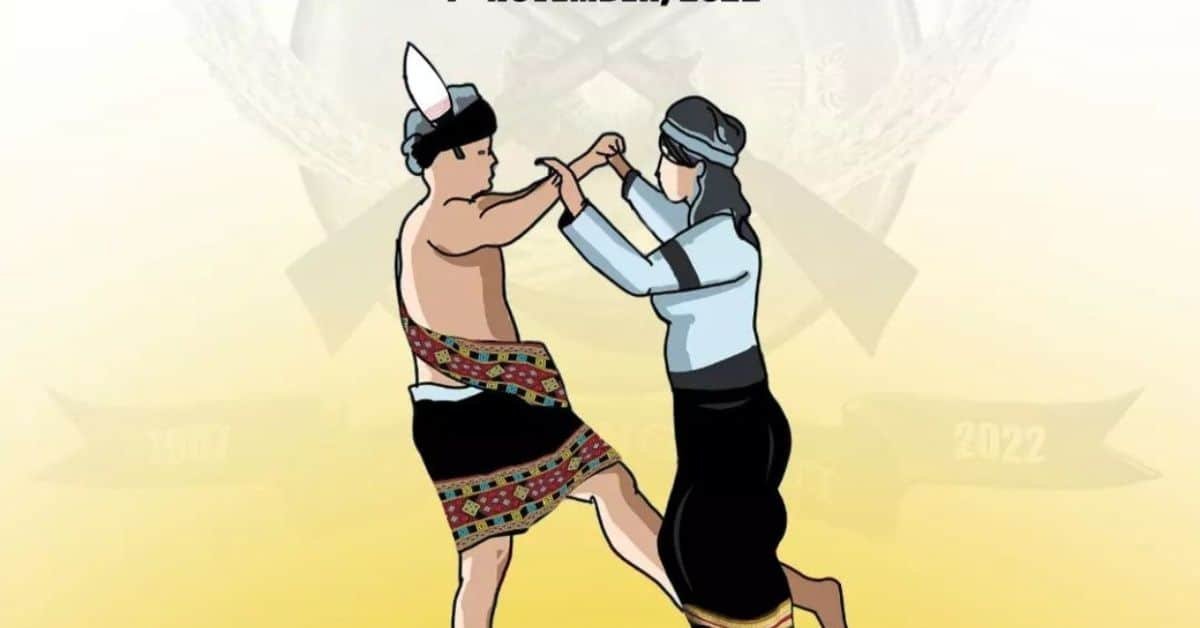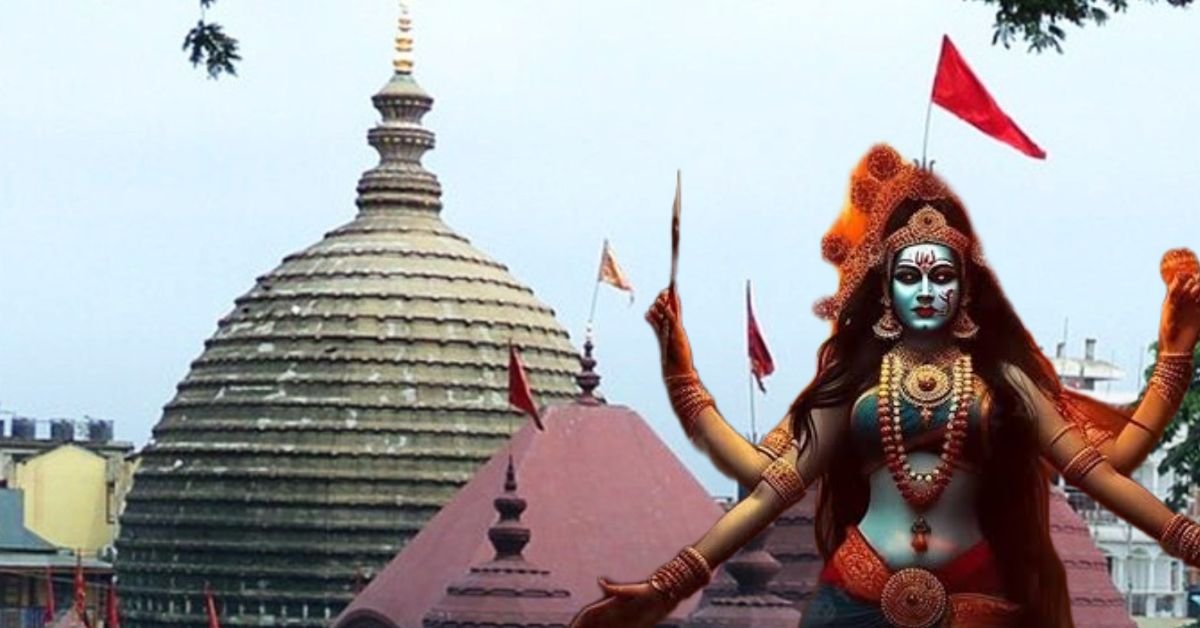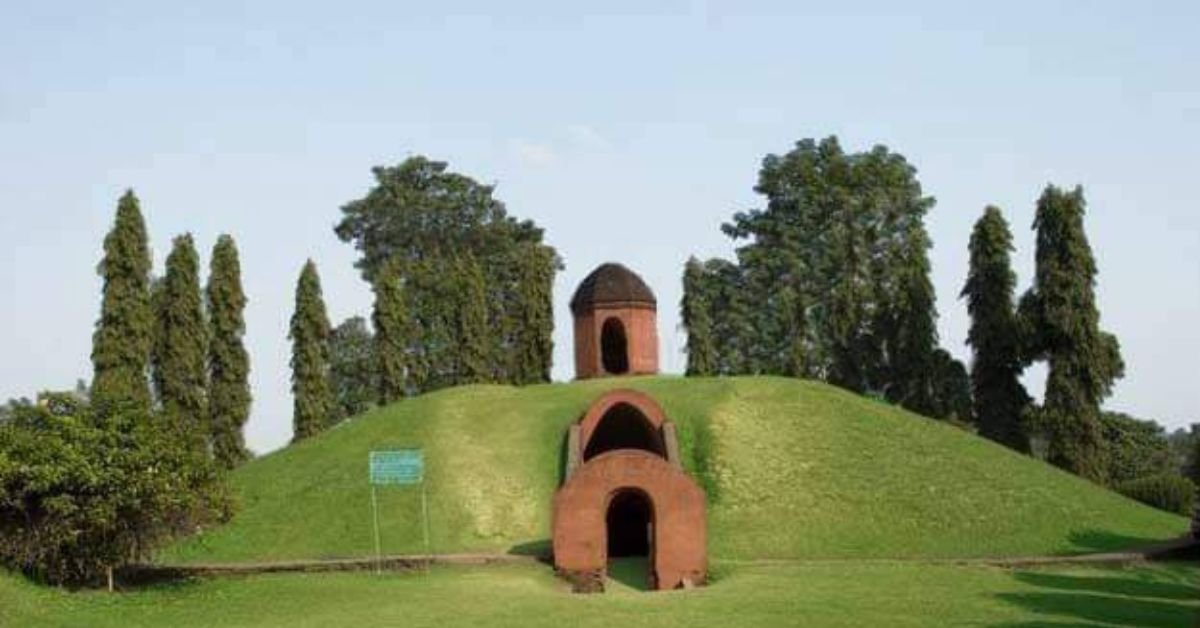According to mythology, the word Wancho is derived from local term Wang-cho means the hill man of Wang follower or hill man lived under the ruler of king. The word Wang stand for Wang (king) and the Cho means Hillman. The Wancho tribe resides in the Eastern part of Arunachal Pradesh amidst the Patkai range and occupies the district of Longding. They have a population of 35,000. Culturally Naga, they are ethnically related to the Nocte tribe of Arunachal Pradesh and Konyak tribe of Nagaland. The Wancho tribe of Arunachal and Konyak tribe still today share similar names and tradition.
Konyak is the largest ethnic group in Nagaland and known for their tradition of headhunting and tattoos. Read here for more details about the Konyak tribe of Nagaland
The wancho society is characterized by the existence of the class distinctinction the “Wangham” or the chief and “ Wangpan ”the commoner. The chief enjoys special facilities and are honoured in every sphere of life. In addition to this, ‘Wangsa’ and ‘Wangsu’ are another two classes from the Wancho community which spring from the matrimonial union between Wangham father and Wangpan mother occupying the third stratum of social classification or hierarchy. Social distinction between the classes is very scrupulously observed in every sphere of their life. As for example in the village festival the Wangpans are not allowed to take meal in the same row with the Wangham. They are also not allowed to marry a girl from Wangham’s family although there is no restriction on the part of Wangham to marry a Wangpan girl.
Religion of the Wancho Tribe of Arunachal
The Wancho tribe of Arunachal, together with the Nocte and a small minority of the Konyak, still retain the belief of Animism. These Animist Wancho believe in the existence of two powerful deities, Rang and Baurang.
Christianity has gained some followers among the Wancho, many of whom belong to the Baptist or Roman Catholic denominations. Acceptance of Christianity has largely to do with comparative influences from the Nagas of Nagaland as well as changing perspectives towards headhunting. However, this has also resulted in the decline in many aspects of their traditional culture, which has strong associations with religion.
At the 2001 census, just 10% of the Wancho were Hindu and another 16% were Animist.
Culture of the Wancho Tribe of Arunachal
Tattooing plays a major role among the Wancho tribe of Arunachal. According to tradition, a man is tattooed on his four limbs and his entire face, with the exception of certain regions around the eyes and the lips. The women adorn themselves with necklaces and bangles, along with some light tattooing as well.
The prime festival of the Wancho is Oriah, a festival between March to April, for a period of six to twelve days interspersed with prayer, songs and dances. Villagers exchange bamboo tubes filled with rice beer as a mark of greeting and goodwill. Pork skin is then offered to the village chief as a mark of respect. This festival continues for several days just sowing of Jhum paddy and Pigs, buffaloes and mithuns are sacrificed and feasts are arranged in each and every morungs (dormitories). Boys and girls, wearing ceremonial costumes, sings and dance during this Oriah. People dances around a “Jangban”, a long ceremonial pole planted during Oriah.
The Wancho tribe of Arunachal are traditionally governed by a council of elderly chieftains, known as Wangham or Wangsa.
Like most neighbouring tribes, the Wancho construct houses made out of wood and bamboo, and roofs were thatched with dry leaves. Dormitories, known as Murung, where the boys are trained to be men by their fathers. Although the girls do not have dormitories like the boys, they sleep in one big, single house, with the care of an old lady.
Until 1991, human headhunting was practised among the Naga tribes especially among Konyak and Wancho tribe of Arunachal, and both the government and missionaries have taken steps to ban the practice of headhunting, which is now restricted to animals.

